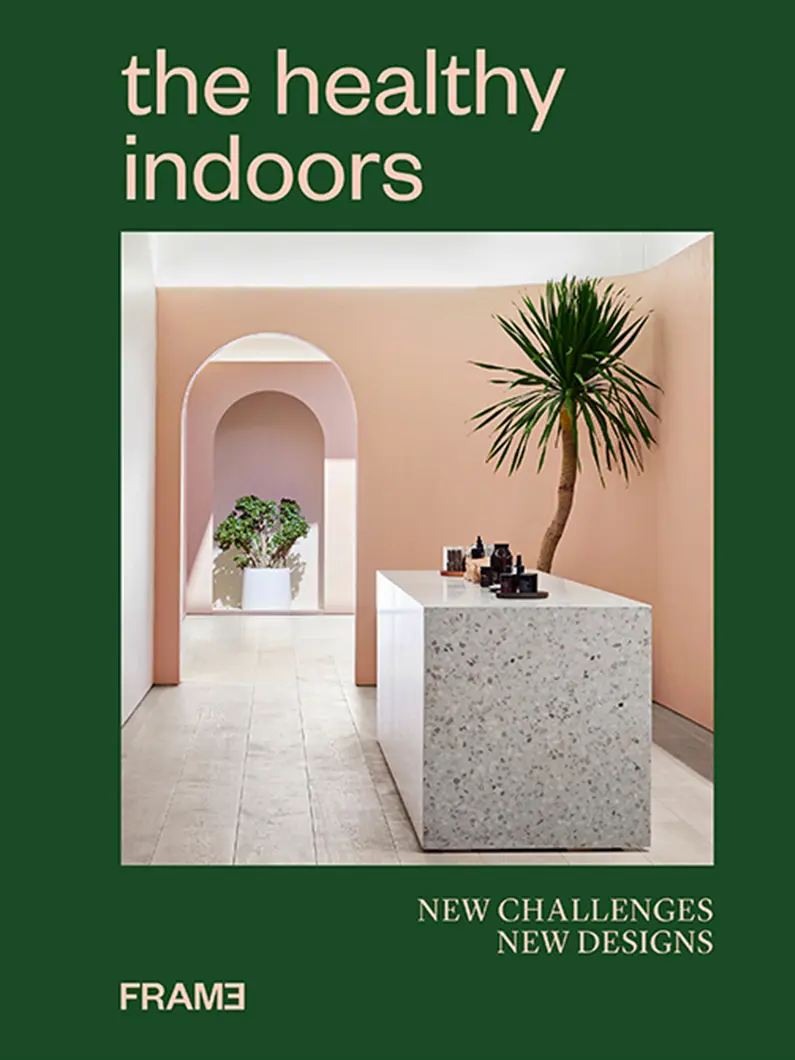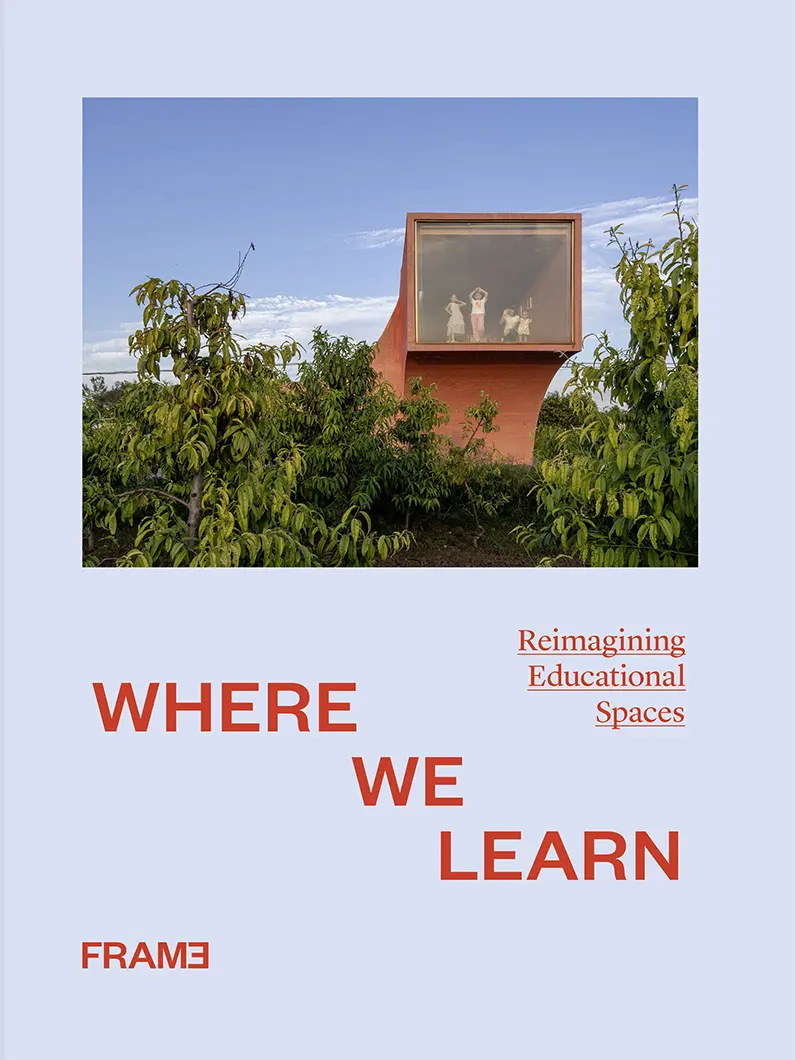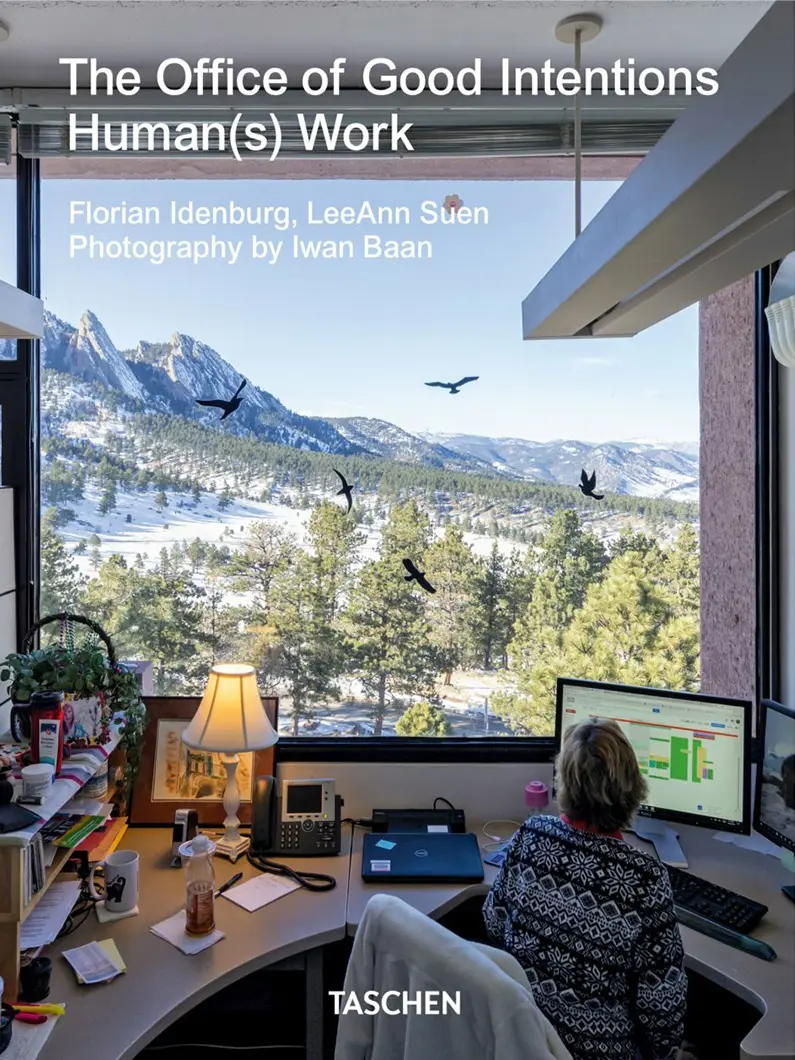In partnership with MiCodmc, a selection of establishments ripe for discovery during the 63rd edition of the Salone del Mobile.Milano, from 8th to 13th April
3 new books on hospitality spaces, between wellbeing and knowledge

Salk Institute for Biological Studies, La Jolla, California. Louis Kahn with August Eduard Komendant. Photo Iwan Baan
How to feel good in particular places – whether at home or even at the dentist. Design has a fundamental impact not just on the human experience, but also on learning and work experiences
The Healthy Indoors. New Challenges New Designs
Attention to wellbeing and health is now also an established consideration amongst interior designers. How to feel good at home, at work, in our free time or even in hospital or at the dentist. The 45 case studies carried out by international studios narrate it through materials, systems and design strategies, in four chapters.
In the first of these, devoted to health facilities, empathy with the patient is the prime focus, as in the project for the UMC Imaging Center oncology clinic in Amsterdam, where the cutting-edge machinery is left in plain sight to reassure patients as to the efficacy of the treatments.
The follow chapter features places designed to bestow pleasure and emotion through contact with nature, maximum simplicity and a clear spatial narrative, such as GG-Loop’s Freebooter duplexes in Amsterdam, a marriage of biophilia and parametricism.
The third chapter is devoted to spaces for the body. The lead concepts at the LIM Hair Salon in Singapore, designed by kfuna, inspired by the city-state’s cosmopolitan spirit and the bicycle park at the central station in The Hague, demonstrate how creating surreal, dreamlike spaces can help us escape from the real world.
Lastly there are places for connecting with nature, other people and ourselves. Ark-Shelter’s bungalows at the Hotel Bjornson in Slovakia, immersed in the forest, or Ademas Arquitectura’s Maria Rafaela Hostel yoga centre in Buenos Aires, respond to powerful local identity criteria capable of conferring a sense of security and inclusivity.
Title: The Healthy Indoors. New Challenges New Designs
Text: Peter Smisek
Publisher: Frame
Published: 2022
Pages: 272 pages
Language: English

Where We Learn. Reimagining Educational Spaces
An exploration of the ways in which educational spaces are changing, becoming progressively more interactive, flexible and geared to contemporary challenges and opportunities. The impact of design on the human experience and its new learning models is analysed through 43 international case studies – from kindergartens to schools of all kinds and levels, universities, libraries, studio-cafes and museums. It’s been shown that, when educational spaces are designed to make the most of the power of the new learning models, they unquestionably have greater potential for improving knowledge sharing: “Education is the future, or said differently, there is no future without learning.” The four chapters – Design with Agility, Innovation, Community and Nature – tackle the subject from different angles, but underscore the fact that no single solution exists for the multitude of different terms that qualify the verb to learn: learning for different age brackets, learning in urban or rural settings and modes of learning, whether one to one or in groups. There is a particular focus on newly conceived buildings and their impact on our future and on that of the upcoming generations. Accompanied by splendid photographs, plans, conceptual sketches and detailed descriptions, the volume contains original information on designing buildings that best respond to current pedagogical practices and for those searching for inspiration.
Title: Where We Learn. Reimagining Educational Spaces
Author: Izabela Anna Rzeczkowska-Moren
Publisher: FRAME
Published: 2022
Pages: 272 pages
Language: English

The Office of Good Intentions. Human(s) Work
A trip through the American office of the last 50 years. Laying bare the relationships between space, work and people, the book explores the “good intentions” of the title, which have triggered the development of ad hoc spaces for workers. The 592 pages don’t comprise a history of architecture but take a curious and sceptical look at spaces and solutions that defined silent offices and frenetic laboratories. Eschewing a chronological account in favour of a grouping together of projects – by architects such as I.M. Pei, Marcel Breuer, Louis Kahn and Paolo Soleri; or for objects – from Herman Miller’s Aeron chair to Konstantin Grcic’s Allievo table for Montina to the keyboard/plate combo by Hella Jongerius; and advertising pages – particularly that for IBM’s Santa Teresa Laboratory, featuring a quote from Emily Dickinson. All designed for what was pigeonholed as ‘office work’, but which now includes non-industrial jobs carried out in a wide variety of environments.
The book raises a number of questions without coming to a single overarching conclusion or indeed predicting the future: “As architects, humans, and workers, we have chosen to write a book that reveres both earnest wonder and pure irony. We hope it evokes moments of fear, creates space for relief, and frets over familiar frustrations. […] We were compelled to project what reality could look and feel like, that we might still believe in our ability to dream up and define new, occupiable worlds in the face of forces that otherwise seem to move without us.”
Title: The Office of Good Intentions. Human(s) Work
Author: Florian Idenburg and Lee Ann Suen
Photos: Iwan Baan
Publisher: Taschen
Published: 2022
Pages: 592 pages
Language: English



 Stories
Stories










